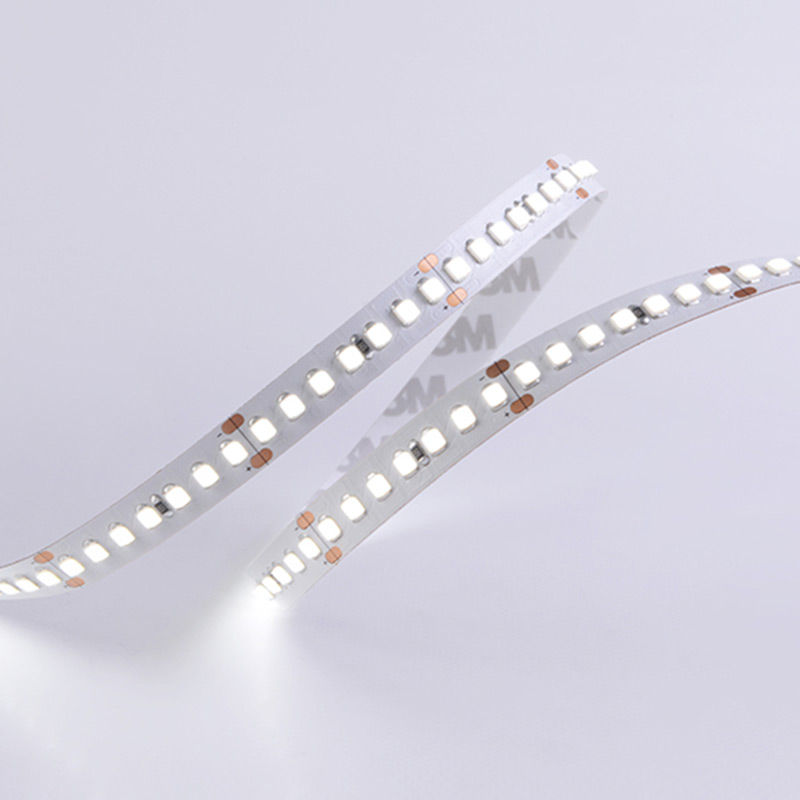
-
 Afrikaans
Afrikaans -
 Albanian
Albanian -
 Amharic
Amharic -
 Arabic
Arabic -
 Armenian
Armenian -
 Azerbaijani
Azerbaijani -
 Basque
Basque -
 Belarusian
Belarusian -
 Bengali
Bengali -
 Bosnian
Bosnian -
 Bulgarian
Bulgarian -
 Catalan
Catalan -
 Cebuano
Cebuano -
 Corsican
Corsican -
 Croatian
Croatian -
 Czech
Czech -
 Danish
Danish -
 Dutch
Dutch -
 English
English -
 Esperanto
Esperanto -
 Estonian
Estonian -
 Finnish
Finnish -
 French
French -
 Frisian
Frisian -
 Galician
Galician -
 Georgian
Georgian -
 German
German -
 Greek
Greek -
 Gujarati
Gujarati -
 Haitian Creole
Haitian Creole -
 hausa
hausa -
 hawaiian
hawaiian -
 Hebrew
Hebrew -
 Hindi
Hindi -
 Miao
Miao -
 Hungarian
Hungarian -
 Icelandic
Icelandic -
 igbo
igbo -
 Indonesian
Indonesian -
 irish
irish -
 Italian
Italian -
 Japanese
Japanese -
 Javanese
Javanese -
 Kannada
Kannada -
 kazakh
kazakh -
 Khmer
Khmer -
 Rwandese
Rwandese -
 Korean
Korean -
 Kurdish
Kurdish -
 Kyrgyz
Kyrgyz -
 Lao
Lao -
 Latin
Latin -
 Latvian
Latvian -
 Lithuanian
Lithuanian -
 Luxembourgish
Luxembourgish -
 Macedonian
Macedonian -
 Malgashi
Malgashi -
 Malay
Malay -
 Malayalam
Malayalam -
 Maltese
Maltese -
 Maori
Maori -
 Marathi
Marathi -
 Mongolian
Mongolian -
 Myanmar
Myanmar -
 Nepali
Nepali -
 Norwegian
Norwegian -
 Norwegian
Norwegian -
 Occitan
Occitan -
 Pashto
Pashto -
 Persian
Persian -
 Polish
Polish -
 Portuguese
Portuguese -
 Punjabi
Punjabi -
 Romanian
Romanian -
 Russian
Russian -
 Samoan
Samoan -
 Scottish Gaelic
Scottish Gaelic -
 Serbian
Serbian -
 Sesotho
Sesotho -
 Shona
Shona -
 Sindhi
Sindhi -
 Sinhala
Sinhala -
 Slovak
Slovak -
 Slovenian
Slovenian -
 Somali
Somali -
 Spanish
Spanish -
 Sundanese
Sundanese -
 Swahili
Swahili -
 Swedish
Swedish -
 Tagalog
Tagalog -
 Tajik
Tajik -
 Tamil
Tamil -
 Tatar
Tatar -
 Telugu
Telugu -
 Thai
Thai -
 Turkish
Turkish -
 Turkmen
Turkmen -
 Ukrainian
Ukrainian -
 Urdu
Urdu -
 Uighur
Uighur -
 Uzbek
Uzbek -
 Vietnamese
Vietnamese -
 Welsh
Welsh -
 Bantu
Bantu -
 Yiddish
Yiddish -
 Yoruba
Yoruba -
 Zulu
Zulu
Cost Analysis for Converting Drum Brakes to Disc Brake Systems in Vehicles
Drum to Disk Brake Conversion Cost Analysis and Benefits
When it comes to automotive performance, safety, and aesthetics, the braking system is one of the most critical components of any vehicle. Among the various braking technologies available, drum brakes and disc brakes represent two distinct approaches, each with its own set of advantages and disadvantages. Many car enthusiasts and everyday motorists alike consider converting from drum brakes to disc brakes. This article will delve into the costs associated with such a conversion while also weighing the benefits that come along with it.
Understanding the Basics
Before we dive into the costs, let’s clarify the difference between drum brakes and disc brakes. Drum brakes consist of a cylindrical drum that rotates with the wheel, and brake shoes press against the inside of the drum to create stopping power. In contrast, disc brakes use a flat disc (rotor) and brake pads that clamp down to create friction, offering improved performance and reliability.
Factors Influencing Conversion Costs
1. Parts and Components The most significant factor affecting conversion costs is the price of the required parts. A complete drum-to-disk conversion kit typically includes new rotors, calipers, brake pads, and mounting brackets. Depending on the make and model of the vehicle, the quality of parts selected, and whether this is a front or rear conversion, the cost can range from $300 to $1,500. Performance-oriented components will be on the higher end of this scale.
2. Labor Costs If you’re not a DIY enthusiast, you’ll need to factor in labor costs associated with the installation. Professional mechanic labor rates can vary widely based on the shop’s location and expertise. Typically, labor can add an additional $200 to $600 to the total conversion cost. It is advisable to seek quotes from multiple mechanics to ensure a fair price.
3. Additional Modifications Depending on your vehicle, additional modifications might be necessary. For example, you may need new brake lines, master cylinder upgrades, or even suspension adjustments. These factors can further increase the costs, sometimes totaling several hundred dollars.
4. Type of Vehicle The vehicle’s type and age significantly influence the conversion costs as well. Classic cars, for instance, may have limited parts availability or require custom fabrication, escalating the overall project budget.
drum to disk brake conversion cost

Why Make the Switch?
While the conversion costs can be substantial, many drivers find the benefits of disc brakes worth the investment. Here are a few key advantages
1. Improved Stopping Power Disc brakes offer better heat dissipation and reduced fade, which is advantageous during intensive driving situations or long descents.
2. Better Performance in Wet Conditions Disc brakes generally perform better in wet conditions, as they are less prone to moisture retention compared to drum brakes.
3. Easier Maintenance and Inspection Disc brakes are easier to service. They allow for quick visual inspection and generally have a longer lifespan than their drum counterparts.
4. Aesthetic Appeal Many enthusiasts appreciate the sleek look of disc brakes, which can add visual appeal, especially in custom or performance vehicles.
Conclusion
Converting from drum brakes to disc brakes can indeed represent a significant investment, with total costs potentially ranging from $500 to over $2,000. However, the enhanced performance, safety features, and attractiveness of disc brakes often justify this expenditure. For those who prioritize vehicle performance or are restoring a classic car, the conversion can provide not just increased functionality but also peace of mind. As with any automotive project, careful research and planning will help you understand your needs, budget, and the best approach to achieve satisfying results in your braking system enhancement.
-
What Are Drum BrakesNewsJul.07,2025
-
Understanding Brake Drum MaterialNewsJul.07,2025
-
Semi-Trailer Brake Drum: A Key Component for Extreme Loads and Long-Distance TransportNewsJul.07,2025
-
Drum Brake Pads for SaleNewsJul.07,2025
-
Brake Drums for SaleNewsJul.07,2025
-
Brake Drum ManufacturerNewsJul.07,2025
-
Aluminum Brake Drums: The Future of High-Performance CarsNewsJul.07,2025
